War of the Human Tanks is a game in which you are actively encouraged to use young, anime-style girls as suicide bombers. That’s it folks! Nothing more to see here.
Oh, you’d be interested in some sort of explanation for that statement. I see.
In truth, War of the Human Tanks (or Charge! Human Tanks: War of the Human Tanks to give it its lengthier and even more amazing title) is a game whose premise sounds a whole lot more gruesome than its reality. Just as people might not understand how a Phoenix Wright game could be funny if it was described to them as “a lawyer becomes embroiled in an endless series of often brutal murders,” the absurdist nature of WotHT isn’t immediately apparent from such a brief summary.
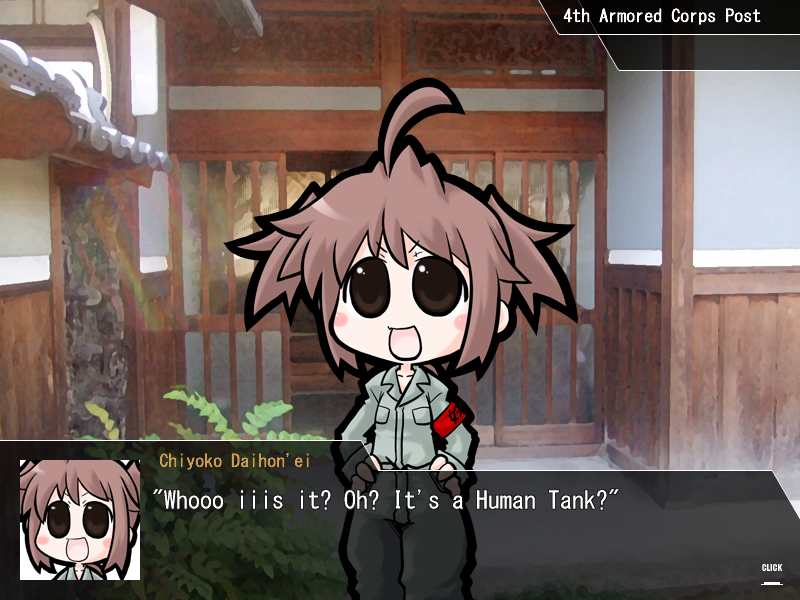
Following in the localisation footsteps of companies like Carpe Fulgur (Recettear, Chantelise), Fruitbat Factory have taken on the task of bringing War of the Human Tanks to an English-speaking audience. I have no idea whether the title is popular in its native Japan, or if Fruitbat simply feel passionate enough about this particular game to introduce it to a new player-base; either way, it’s going to bring a hefty dose of dark, oddball humour to the gaming landscape.
I’ll do my best to describe what the heck is going on with this title, although bear in mind that these details are based on my experience with the first half dozen missions (or episodes) in the game. This is the sort of narrative that could easily spin off in entirely new and bizarre directions in the missions I haven’t yet reached.
The Empire of Japon (yes, Japon) and the Kingdom of Japon (again, yes, Japon) are at war. Both nations make use of ‘Human Tanks’ to fight their battles by proxy. These are the anime-styled young women referred to in the opening and one unit type is, indeed, a suicide bomber. Generals control the Human Tanks via remote radio control (a handy bit of exposition for a central in-game mechanic that I’ll come to shortly) and the legal status of the Tanks themselves is somewhat in question.
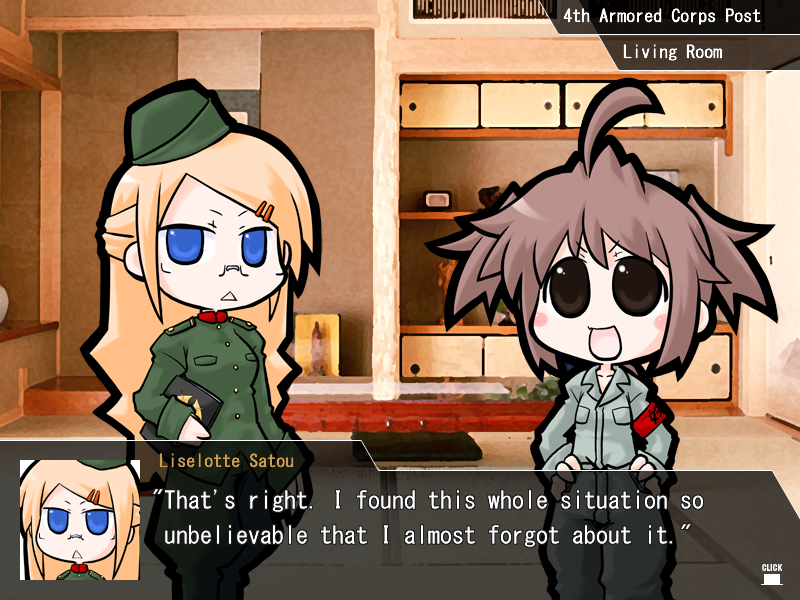
Throughout, the game dialogue alludes to the moral implications of using ostensibly human beings as cannon fodder (albeit with lots of colourful hyperactivity and trite emoting). It’s implied that the Human Tanks have no human rights, but as the story progresses it becomes clear that they do possess human-like thoughts and reactions to stimuli.
WotHT is heavy on the story, with lengthy segments of dialogue (presented in a Phoenix Wright-esque fashion with static figures popping up and delivering text-based lines for you to click through) making up the majority of each ‘episode’. These advance the narrative, provide background to the characters and set up whichever mission your Human Tank squad will inevitably end up on.
This is where the bulk of Fruitbat’s translation work has been done and, although I have no clue what the original text was really like, the team’s writing flows smoothly. It’s a strange tale, part “horrors of war” satire (at least, I think) and part unlikely-bedfellows comedy. The player-character (he’s the chap doing the battlefield controlling anyway) is portrayed as a videogame and anime-obsessed layabout who just happens to find himself at the forefront of an Imperial Japon counterattack.
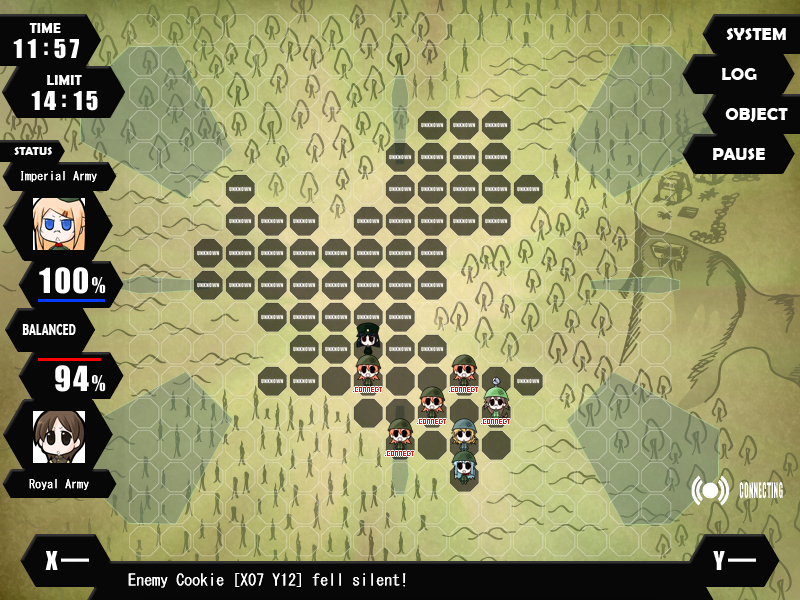
Surreal juxtaposition is everywhere; between the apparent seriousness of using Human Tanks in battle and the frivolous nature of your squad; between the somewhat dark subject matter and the sugar-candy sweet visuals; and even across the soundtrack, which veers from pumping, pre-battle rock riffs to a sort of jazz-funk medley.
After the sensory onslaught of the “visual novel” aspect, the central game feels reassuringly grounded in straightforward strategy (one that just happens to be using anime girls as happy-go-lucky commandos). You assemble your units (chosen from basic assault, recon, barrage, suicide bomber and the ever-present commander) and deploy them on a hexagon-based grid largely covered by the fog of war.
Mission objectives vary somewhat, but in general your task is to find and slay the enemy command unit (likewise, if you lose yours it means defeat). Each unit can move, attack and occasionally perform special operations like recon, which reveals some of the board to you. Movement is not exactly turn-based, and ties back to the remote control aspect mention previously.
Depending on the unit type and how ‘advanced’ your Human Tank model is, Tanks will ‘re-connect’ with you and be able to take orders at different speeds. My upgraded assault units, for example, are able to move and attack far more frequently than the (already slower) artillery unit that I haven’t yet been able to improve.
This provides a fairly brisk pace and a lot of freedom in deciding which units to move at any given time. Success lies in picking the right type of units for the mission (each map has a deployment limit) and utilising your selected Tanks in a harmonious fashion; perhaps sending out expendable scouts to find locations for your long-range artillery to pick off.
Curiously, the strategic portions share aspects in common with Battleships as you’ll often find yourself able to shoot into the unknown fog of war and have to guess whereabouts the enemy may be lurking. The relatively small scale of each encounter (at least during early missions) and low number of different unit types (again, early on) appears to keep battles focused and rapid, while still retaining a semblance of strategic depth.
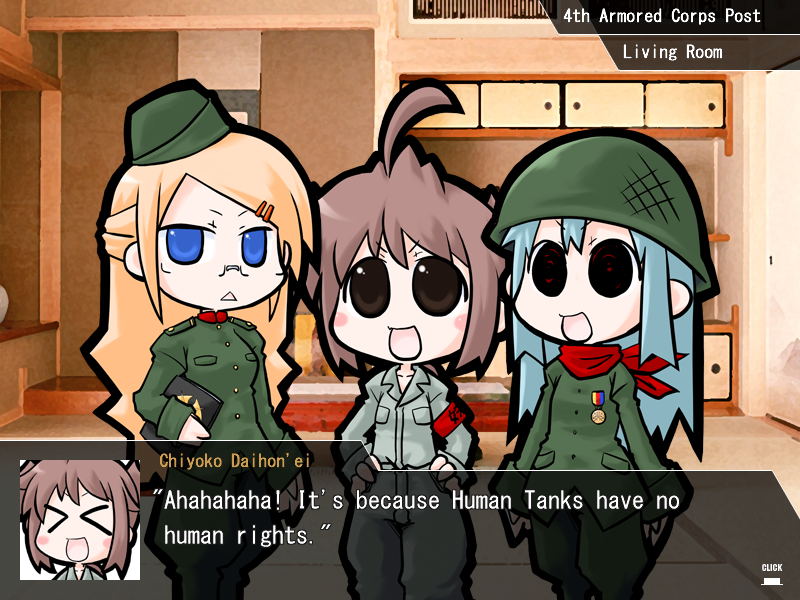
Clearly, this game isn’t going to be to everyone’s taste. Even Recettear (which sold pretty well and had a warm critical reception) scared a lot of people off with its tone and art style. The same is likely to be true of WotHT, which will also have to sell people on its rather off-the-wall concept.
That said, I’m glad WotHT will be out there when it releases for the PC this autumn. Gaming thrives on its diversity (in both subject matter and mechanics), so if this title can fill an “anime styled strategy game with musings on the expendable nature of soldiers and a neat line in twisted dialogue” shaped void then it’s bound to make someone sit up and take notice.

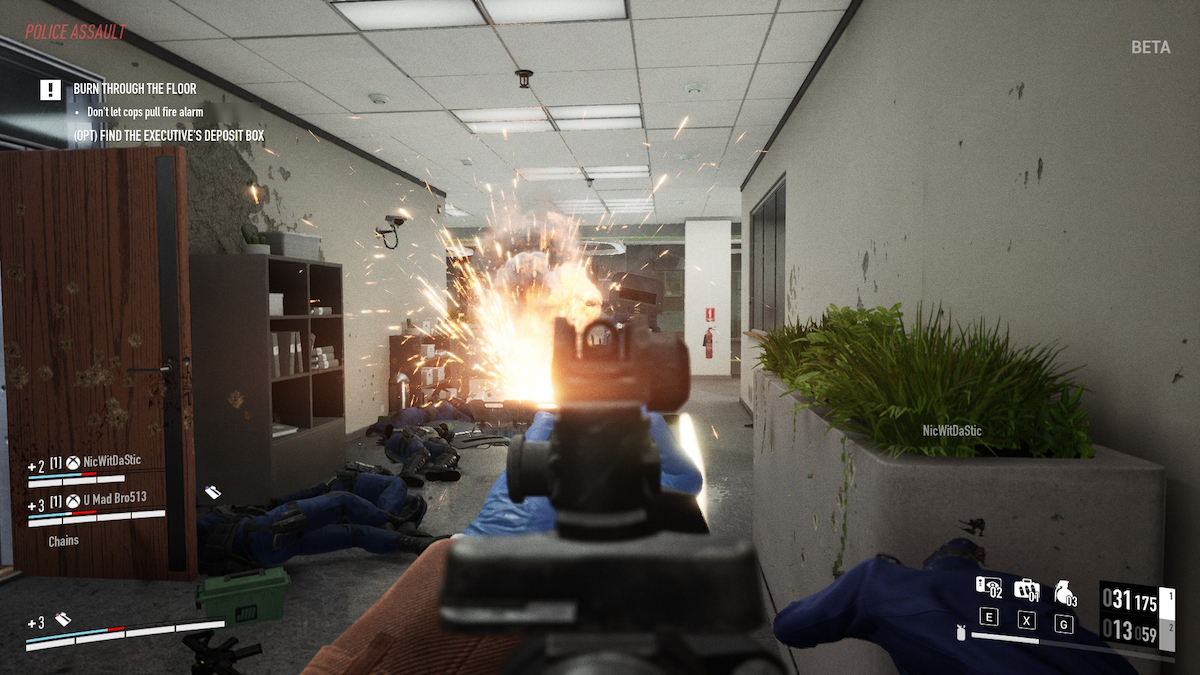
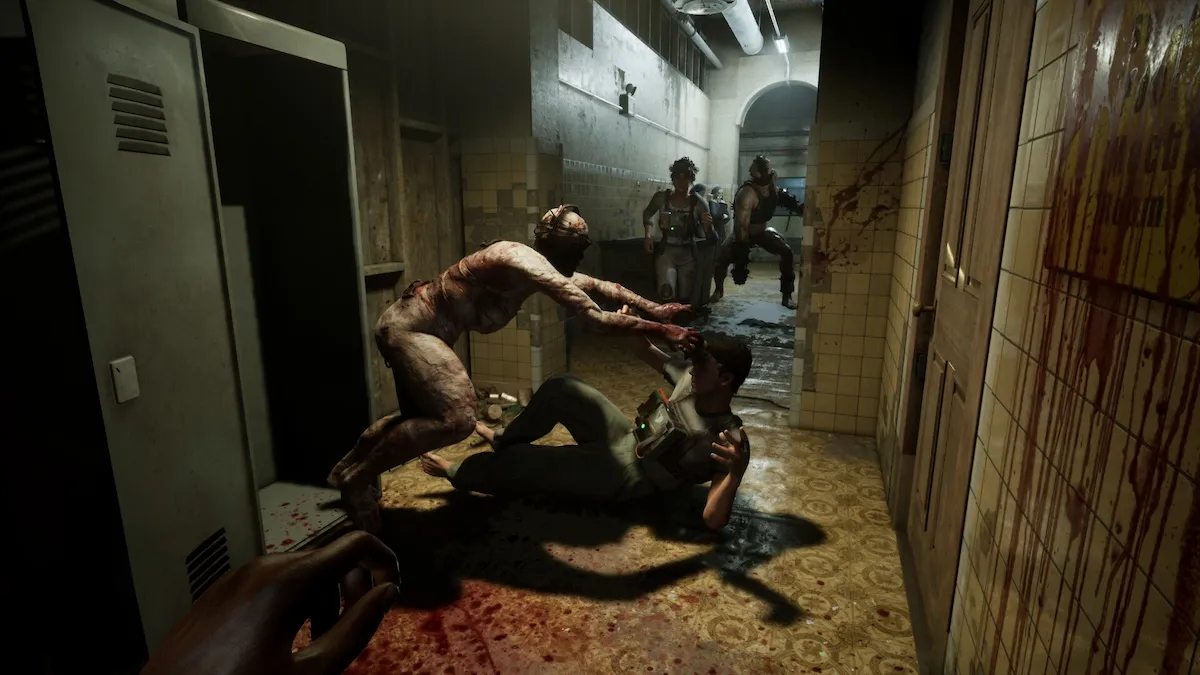
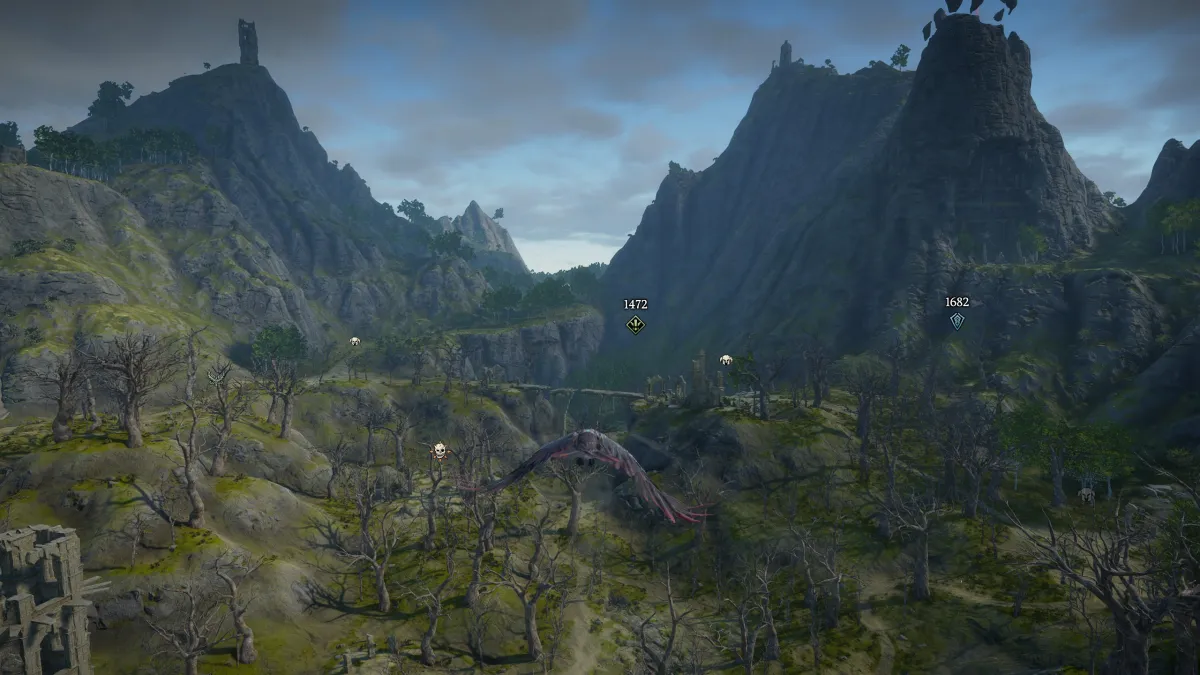
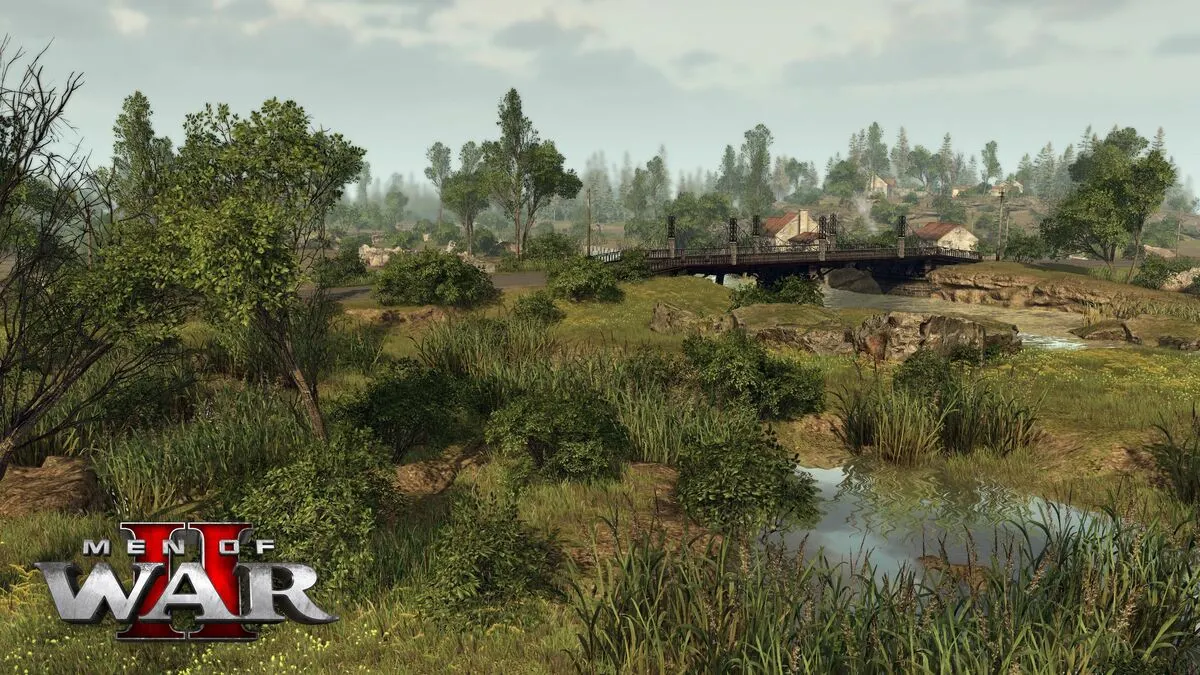
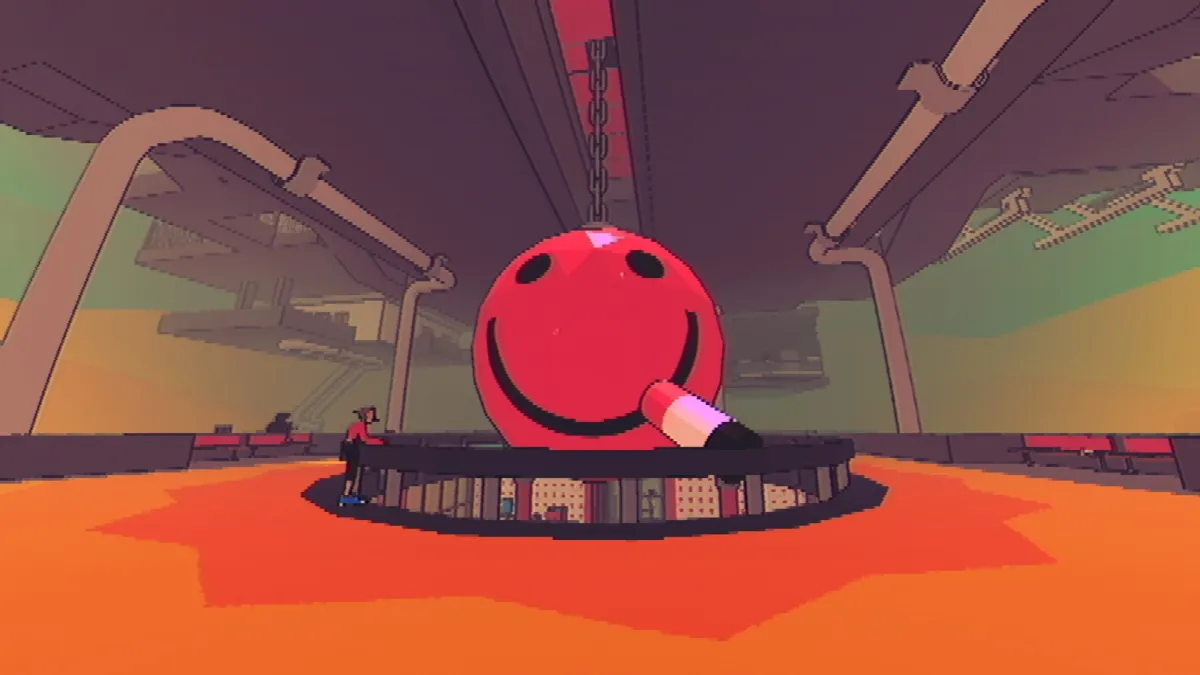
Published: Aug 3, 2012 07:42 am